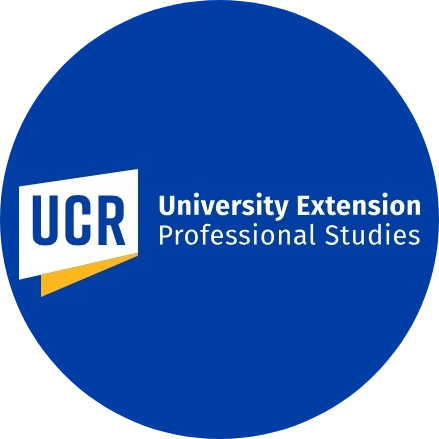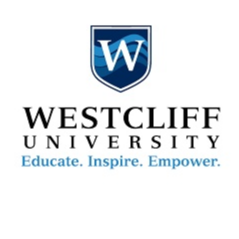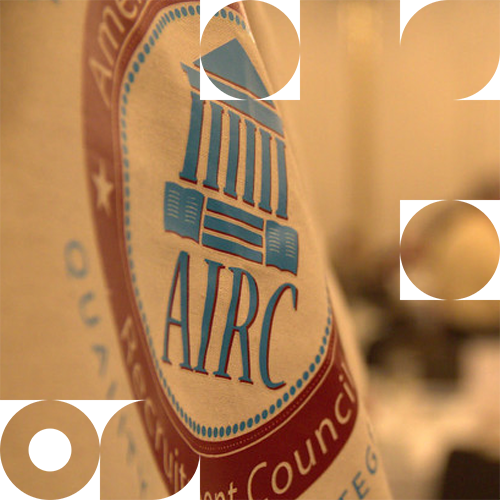A comprehensive guide to
 Study in USA
Study in USA
Explore educational institutions, studying and living costs, and financial aid.
USA is home to the highest top-ranked universities in the world. Its diverse and modern culture and educational trends offer the best of opportunities for academic and professional growth at the nucleus of all things technology.
280 +
Academic Institutions
24000 +
Programs
Why study in USA
The ultimate destination for all academic, technical and professional developments
Flexibility in Choosing a Major

Colleges and universities in USA allow students to easily choose and switch majors after admission.
General Education

Students graduate with a range of general education classes apart from majors and gain a well-rounded education.
Diverse Student Communities

The United States hosts a huge number of cultural communities of residents and international students from across the world.
Post Study Work Options

Students on an F-1 visa get permission for practical training and staying in the USA for a period of up to 29 months.
Abundant Career Opportunities

The USA is a land of abundance for jobs and career options and students easily secure high jobs in their field of study.
Immigration opportunities

USA’s Post-Graduation Work Permit Program (PWPP) allows students to stay and work in USA for up to three years after completion of their graduation. You can gain..
Intakes to Study in USA
Studying in USA offers international students with a range of academic programs across three intakes or semesters – Fall, Spring, and Summer. The ideal intake to study in USA varies on factors such as preferred program, academic background, and personal preferences.
| Intake | Application Deadline | Start Date |
|---|---|---|
| Fall Intake | December to March | August -September |
| Spring Intake | July to November | January-February |
| Summer Intake | January to March | May or early June |
Know the benefits of each intake in USA here
Study Levels and disciplines
Most sought after study abroad destination for international students.
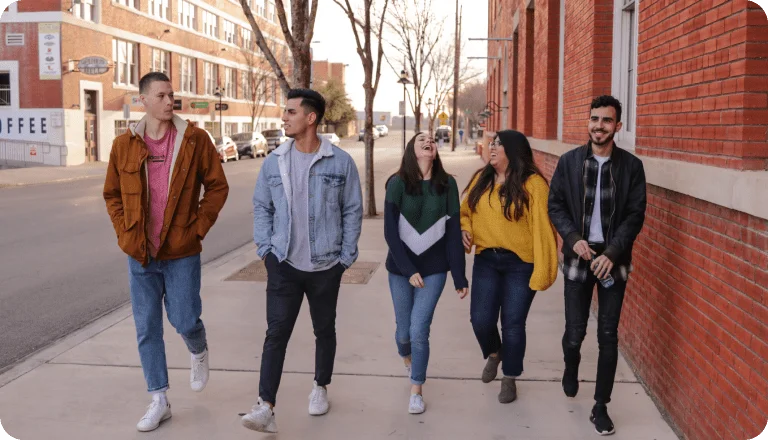
Undergraduate Programs
Bachelor’s Degrees (4 years)
Associate Degrees (2 years)
Certificates and Diplomas (1-2 years)
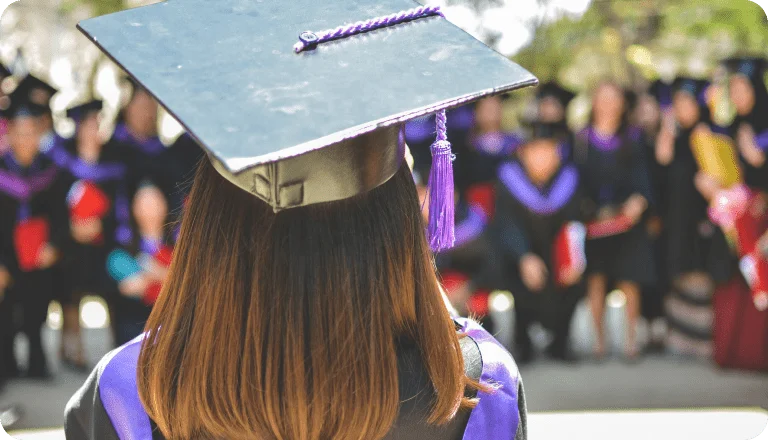
Postgraduate Programs
Master’s Degrees (2 years)
All Universities
Popular Universities to Study in USA
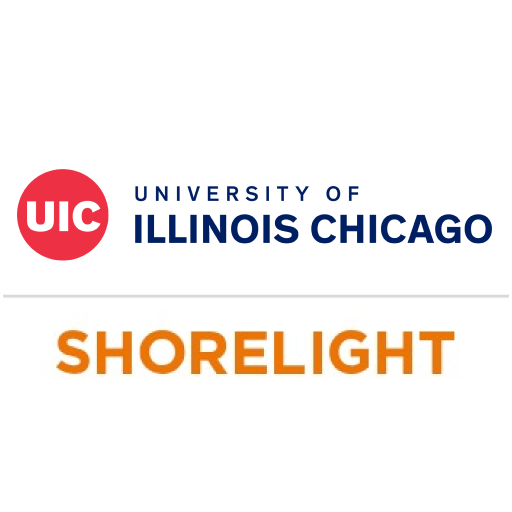
Shorelight Group - University of Illinois at Chicago
Illinois, USA • 85 Programmes
Tuition Fee : USD 30700 - 34000 / year
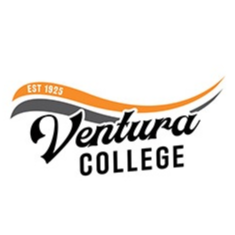
Ventura County Community College District - Ventura College
California, USA • 97 Programmes
Tuition Fee : USD 10500 - 11000 / year
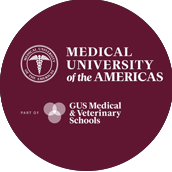
Global University Systems (GUS) - Medical University of the Americas
Other Any where, USA • 3 Programmes
Tuition Fee : USD 28000 - 29000 / year
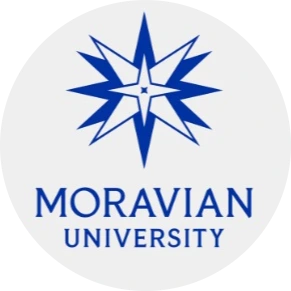
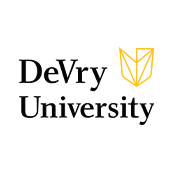
Devry University - Orlando Campus
Florida, USA • 10 Programmes
Tuition Fee : USD 15000 - 16500 / year
Enquire Now
Not sure what you are looking for? Fill in the details to get a call-back.
Cost of studying in USA
Tuition fee and scholarships
Tuition fee is a significant component of the overall cost of studying in the United States of America. Studying costs depend on whether a student is enrolled in a Public or Private Institution.
USD 8,500 to 45,000
Associate Degree
USD 8,000 to 40,000
Undergraduate Degree
USD 10,000 to 61,000
Postgraduate Degree

Scholarships
Top colleges and universities in USA offer scholarships, grants, and bursaries to help international students bag the best of educational opportunities in USA.
Study Visa for USA
The USA is a dynamic study-abroad destination for Indian students to pursue their higher education. They must obtain a student visa, depending on the type of program they want to pursue.
Indian students who want to pursue full-time study will be required to apply for an F-1 student visa. This will allow them to pursue their higher education at an accredited US college or university. Students must apply and be accepted by a US college or university certified by the Student and Exchange Visitor Program (SEVP). After receiving acceptance, students will be issued a Form I-20 by the international student office of the institution. This form is a paper record of the student’s information in Student and Exchange Visitor Information System.
After receiving an offer letter from the university you applied to, follow the following steps to obtain an F-1 visa:
| Submit proof of finance and other documents. | I-20 Form | D-160 Form | VISA interview |
|---|---|---|---|
|
The students must submit recent statements (last 3-6 months) to show funds for at least the first year of study. Additionally, they can also include official letters from banks or other financial institutions to indicate the approved loan amount. |
The university will process the request for I-20. After receiving it, the student should start the visa process and pay their SEVIS fee. |
After getting a SEVIS fee confirmation slip, the student must complete their DS-160 visa application |
The student can now schedule their visa interview and prepare for their studies in USA. |
Learn more about Study Visa for USA
Cost of Living in USA
Living Expenses in USA
The United States is one of the most popular study abroad locations for international students. However, before commencing their education journey, international students must be aware of the living expenses in the country. The average cost of living significantly varies on factors such as location, lifestyle, and income level of a student. The average cost of living in the US is estimated between $2,500 and $3,500 per month. Expenses such as food, housing, healthcare, transportation, and taxes are crucial in deciding the living cost in the USA. Here are some estimations of monthly expenses that a student might expect while studying in USA.
| Expenses | Average Monthly Cost (Approx. USD) | Average Monthly Cost (Approx. INR) |
|---|---|---|
| Accommodation | 500 - 1000 | 41,500 - 82,900 |
| Food | 300 - 500 | 24,871 - 41,452 |
| Utilities | 100 - 200 | 8,290 - 16,580 |
| Transportation | 50 - 150 | 4,145 - 12,435 |
| Phone & Internet | 30 - 70 | 2,487 - 5,803 |
| Clothing | 50 - 100 | 4,145 - 8,290 |
| Entertainment | 50 - 200 | 4,145 - 16,580 |
| Personal Care | 30 - 50 | 2,487 - 4,145 |
| Textbooks & Course Materials | 50 - 150 | 4,145 - 12,435 |
Job Prospects in USA
Premium universities, diverse cultures, and job prospects make USA the ideal study abroad to get a job as an Indian student. They can seek employment opportunities in sectors such as Science & Technology, Medicine & Healthcare, Education, and Business Development & Analytics, etc. An international student can work on campus. International students are able to work up to 20 hours per week on campus while school is in session. They can work full-time during breaks and summer sessions.
To work off-campus, they can undertake Curricular Practical Training (CPT) after pursuing their education for a year. They will also have to seek approval from their Designated School Officer (DSO), find an employer and fulfil other formalities. CPT can only be done in a student’s field of study. Additionally, students can only seek part-time job opportunities.
Let us now understand the different job opportunities available in various employment sectors across the USA.
| Employment Sector | Job Role |
|---|---|
| Consulting | Administrative Assistant, Research Analyst, Consultant, Project Manager, Senior Consultant, Managing Director |
| Education | Teaching Assistant, Tutor, Lab Assistant, Teacher, Curriculum Developer, Educational Researcher, Professor, Dean, Educational Administrator |
| Engineering | Engineering Technician, Drafting Technician, Junior Engineer, Technical Writer, Quality Assurance Analyst, Design Engineer, Quality Control Engineer, Project Engineer, Process Engineer, Environmental Engineer, Senior Structural Engineer, Bridge Engineer, Geotechnical Consultant, CAD Drafter, Maintenance Technician, |
| Finance | Customer Service Representative, Data Entry, Financial Analyst, Accountant, Actuary, Financial Advisor, Investment Banker, Risk Manager |
| Government | Administrative Assistant, Data Entry, Policy Analyst, Program Assistant, Government Affairs Specialist, Policy Analyst, Public Administrator |
| Healthcare | Nursing Assistant, Medical Assistant, Phlebotomist, Research Assistant, Lab Technician, Healthcare Administrator, Physician, Nurse Practitioner, Pharmacist |
| Hospitality | Front Desk Agent, Food Server, Housekeeper, Restaurant manager, Event Planner, Hotel Manager, Hospitality Consultant, General Manager, Revenue Manager |
| Non-Profit | Fundraising Assistant, Volunteer Coordinator, Program Coordinator, Grant Writer, Program Director, Executive Director, Development Officer |
| Research | Research Assistant, Lab Technician, Research Associate, Data Analyst, Research Scientist, Postdoctoral Fellow, Principal Investigator |
| Retail | Sales Associate, Cashier, Stock Clerk, Store Manager, Buyer, Visual Merchandiser, Retail Operations Manager, Merchandising Manager, Supply Chain Analyst |
| Technology | IT Help Desk, Technical Support, Data Entry, Software Developer, Web |
Study in USA - FAQ
International students typically prefer the fall intake (September–December) over the spring intake. While admissions for the spring intake (January–May) are also open some courses may only be available during the fall intake session in the USA.
Popular English Language Proficiency Exams
Blogs and Articles
Study in USA Blogs & Articles
Master's in Computer Science in the USA
Updated on • Apr 08,2025 05:59 PM IST • USA
Updated on • Mar 11,2025 01:18 PM IST • USA
Updated on • Feb 19,2025 12:31 PM IST • USA
Updated on • Jan 21,2025 05:46 PM IST • USA
Updated on • Jan 16,2025 03:32 PM IST • USA
Updated on • Dec 31,2024 12:39 PM IST • USA
Exams Required to Study in USA
Updated on • Dec 31,2024 12:44 PM IST • USA
Masters in Project Management in USA
Updated on • Nov 26,2024 01:15 PM IST • USA
Updated on • Nov 25,2024 03:33 PM IST • USA
How to Get a Job in USA in 2025
Updated on • Apr 07,2025 03:19 PM IST • USA
Updated on • Jul 12,2024 05:59 PM IST • USA
Cost of Living in USA for Indian Students
Updated on • Jun 07,2024 05:57 PM IST • USA
Updated on • Jun 05,2024 04:27 PM IST • USA
1 Year Master of Science (MS) in USA
Updated on • May 30,2024 05:51 PM IST • USA
How to Get a Job in USA as an Indian Student?
Updated on • May 28,2024 01:22 PM IST • USA
Top MBA Programs in USA in 2024
Updated on • May 23,2024 05:56 PM IST • USA
Crack Your F1 US Student Visa Interview with Ease
Updated on • May 17,2024 01:43 PM IST • Study in Ireland
Updated on • May 03,2024 04:23 PM IST • USA
Master of Engineering Management in USA: Universities, Eligibility Criteria, Scholarships
Updated on • Mar 14,2024 03:42 PM IST • USA
MS in USA: Best Courses, Requirements, Cost, Scholarships, Jobs & More
Updated on • Mar 14,2024 10:23 AM IST • USA
What is AIRC?
The Association of International Enrollment Management (AIRC) is a non-profit organization that establishes ethical standards for international student recruitment to U.S. institutions. It ensures that agencies working with U.S. colleges and universities follow best practices, transparency, and integrity in guiding students from around the world, including India.
AIRC plays a critical role in safeguarding students interests and ensuring a seamless transition to studying in the U.S. By choosing an AIRC-certified agency, students can make informed decisions and secure a brighter academic and professional future!
Learn MoreNot sure what you qualify for?
Take our quick eligibility check and find out all the available courses for you.
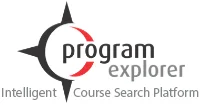

.png)
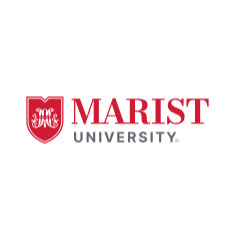
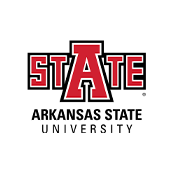
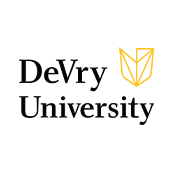
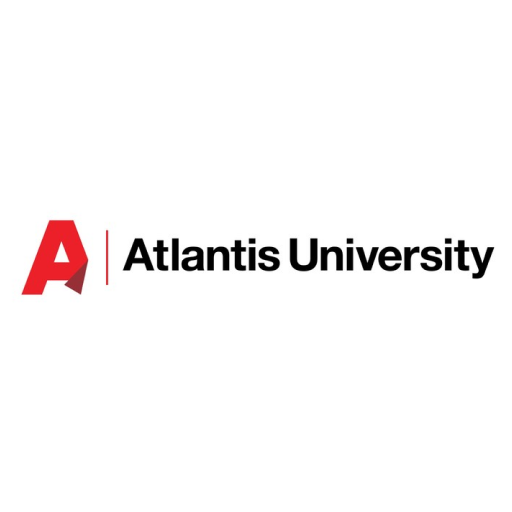
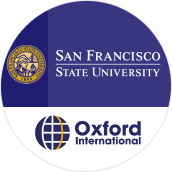
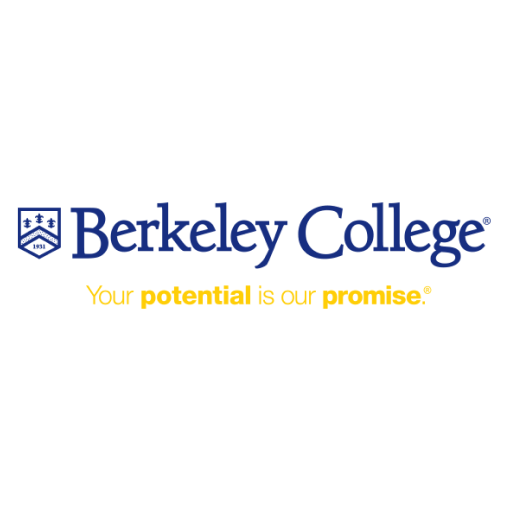
.png)
